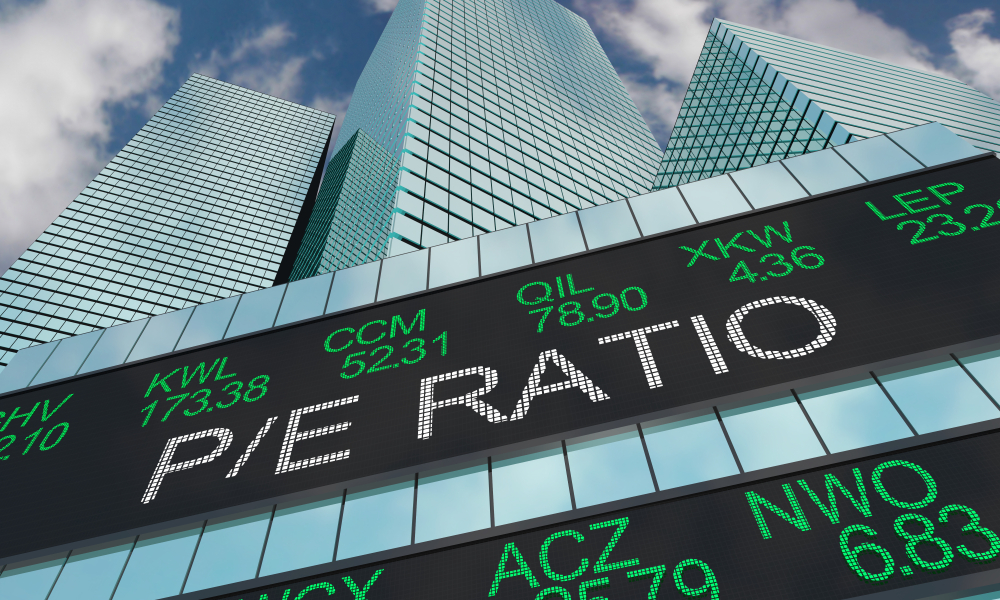One Mistake You CAN'T Afford to Keep Making... Note: Get excited... Our good friends at Manward Press have just reopened an offer to claim a charter membership in their newest research service, GVI Investor. It's helmed by one of the greatest minds in finance, Alpesh Patel. He's the U.K.'s most respected stock picker and was just honored (last week!) by Queen Elizabeth for his services to the British economy. Not to mention, he has a track record that has beaten the S&P 500 by 580% over the past five years! Now you're getting a chance to follow Alpesh's first-ever U.S.-based wealth-building initiative. Get all the details here. And below, enjoy his latest article on one of the finance world's most popular metrics... one that you might be using all wrong. - Ryan Fitzwater, Associate Publisher
Alpesh Patel, Trading Champion, Manward Press The trusty price-to-earnings (P/E) ratio may be the most quoted metric in the investment world. It's been used for decades by analysts and investors. After all, it has a certain logic... It's the price of a share for each dollar of profit the company produces. So it should allow you to compare all companies on an equal footing. After all, a dollar is a dollar, and all companies abide by the same accounting rules. The problem is, people rely on price-to-earnings too much. And it could be causing them to miss out on big profits. The Big Picture Many investors use the P/E ratio to quickly size up a company. It's simple to say a company has a P/E of 20... and therefore it is cheaper than one with a P/E of 25. The assumption is that a cheaper company has more room to grow. But P/E is not the only factor that affects stock prices. What it tells us must be interpreted with care. We have to consider momentum... revenue growth... price-to-sales ratios... and cash flow. If you're looking at just P/E, then you aren't looking at the big picture. What about the fact that some sectors and companies have high P/Es because their P/Es reflect their expected profit growth? Take tech stocks, for example. The sector has been on fire. And yes, tech stocks will have higher P/E ratios than, say, banks or utility companies. But thinking that a low-P/E company has the most implied capacity for growth can lead you to a company with the least expected growth - the exact opposite of what you wanted. Knowing this, say you decide to go for a company with a P/E ratio of 200. It may well be an overvalued company, the share price of which is signaling an imminent fall. Again, this is why you can't rely on this metric alone. Keep in mind that a stock's P/E ratio can be measured against its historical levels. Will the P/E return to those? And will inflation impact P/E on top of all that? So you can see that there are about a dozen things to consider beyond a simple P/E number. | 









No comments:
Post a Comment